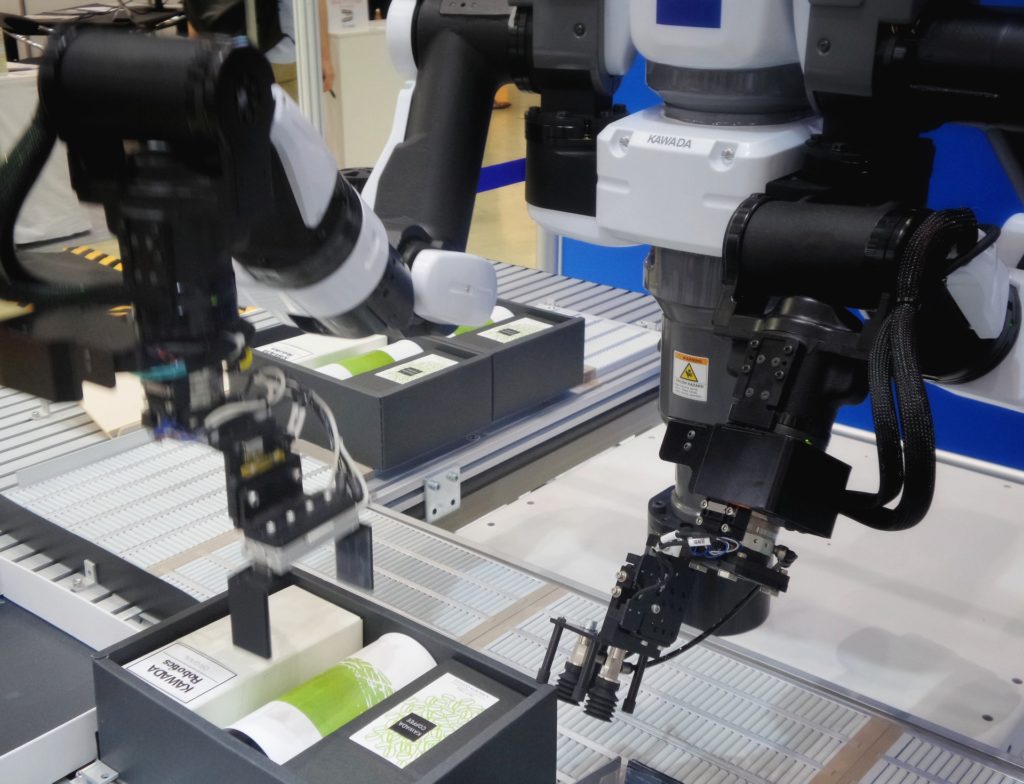
Buying reconditioned industrial robots is becoming increasingly more common. These can be sourced through various merchants, or through larger sites like eBay or Amazon.
But even secondhand, industrial robotics represents a significant investment. And if sourced incorrectly, you may lack protective warranties if something goes wrong.
So how do you buy industrial robotics secondhand safely? We have a few tips.
Work With a Reputable Merchant
Only buy second-hand industrial robots from a reputable merchant. Yes, you might find the same product on eBay or Amazon Marketplace for a little less. But remember the equipment’s purchase price is only part of the actual cost. So make sure that merchants also have access to spare parts. It’s also a good idea to see if the company has on-hand staff qualified to make repairs, or to give you tech support when you need it.
Make Sure the Industrial Robot is Complete
Second-hand robotics should come complete as they came from the factory. This extends further than the moving parts of the machine. Make sure the sale includes documentation and any required software. Adjustment and tuning OEM tools should also be included.
Find out before you buy if the merchant will include original documentation or software. Otherwise, find out if there are other resources for these necessary items. You can’t “wing it” on complicated industrial robotics repairs. And software is a must for most components.
Understand Costs Beyond Sale Price
Integration of industrial robotics into your processes will take time and money. The cost of the machine, new or reconditioned, is only part of your outlay.
Expect to pay a significant per diem cost for a professional programmer to set up your new equipment. Costs can run upwards of $1,000 a day. But this investment can pay dividends. By fast-tracking your project integration, daily manufacturing costs are lowered quickly.
Additionally, consider hiring a robotics technician to keep your new equipment running properly. Experts in this field typically make about $50,000/year.
Other Considerations
Before you put down money for any kind of new-to-you equipment, there are some questions that need answering. For example,
- Will the merchant provide a warranty? If so, for how long?
- Can the industrial robot do the task you need it to do? Consider the unit’s speed, reach, and payload.
- Are spare parts available, either through the OEM or through secondary suppliers?
- Are calibration and tuning tools included with the sale? If not, can they be sourced?
- Does the industrial robot have all certificates required for your use? (CE, ISO, IEC, etc).
- Will the merchant provide a copy of the unit’s logbook before purchase? This will help identify previous hardware errors.
- How has the industrial unit been maintained and used? Can the merchant provide the industrial robot’s cumulative operating hours? What about dates of maintenance and performance testing results? Was the unit previously used in dirty or high-heat environments?
Finally, make sure any picture provided is the actual unit you are purchasing. If the merchant uses sample pictures on their website, ask them to provide you with pictures of the unit you will ultimately purchase.
Ask the merchant to provide plug connection photographs, too. This can help determine the unit’s overall condition. And if the merchant is nearby, consider doing a personal inspection before buying.
AX Control, Inc is a global supplier of surplus and reconditioned industrial parts. We don’t sell industrial robots. But if you need help with their associated HMIs, vision systems, or PLCs, we are here for you!

You must be logged in to post a comment.